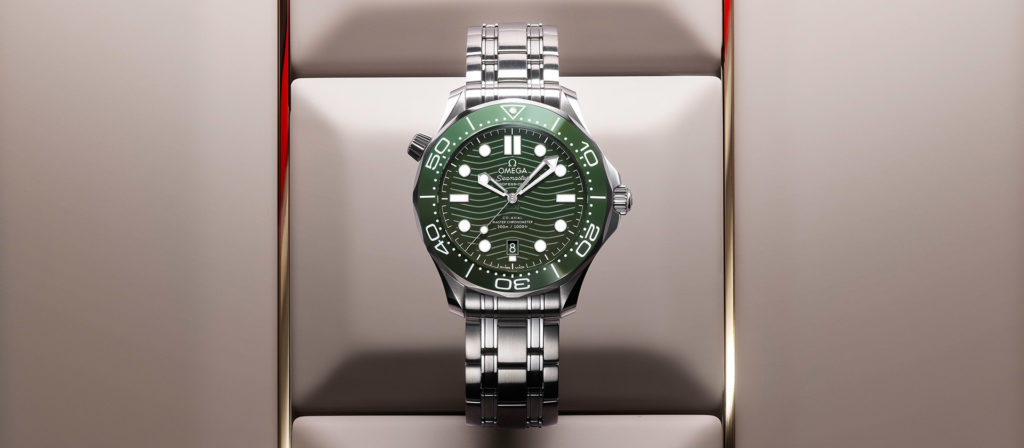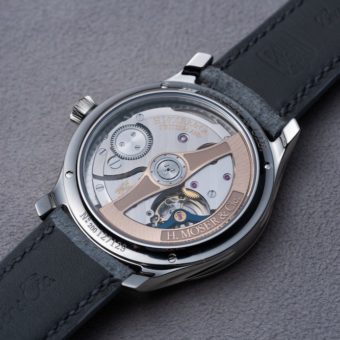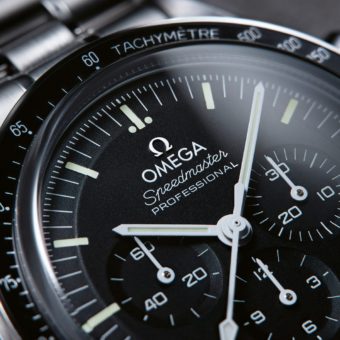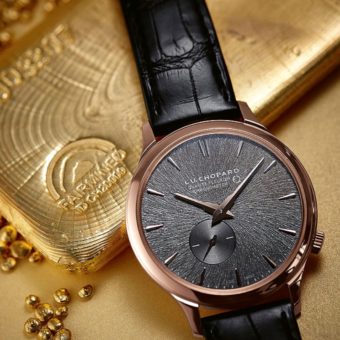Watchmaking undeniably places a huge emphasis on aesthetics, but at the end of the day, precision and accuracy are the foundation of the industry. Surprisingly, the same cannot be said for some of the language that is used to describe timepieces. ‘Diving watch’ is a prime example. While I’m sure we all have an idea about what such a watch should look like and what it should be capable of, there is still a lot of variety among them.
Since 1996, the International Organization for Standardization (also known as ISO) has described the features and capabilities a watch should have to qualify as a diving watch. This ISO 6425 standard is a great help, even though the majority of the leading brands don’t certify their diving watches as such, nearly all of them meet the ISO requirements.

So while there is some context as to when a watch is a diving watch or not, how about ‘ultra-slim/ultra-thin?’ In recent years, this term has become more commonly used, as many collectors and brands (re)discovered the appeal of thinner mechanical watches. While calling a 14.5mm thick watch ‘ultra-slim/thin’ makes little sense, what about a 6.1mm thick one? Compared to the Bulgari Octo Finissimo Ultra and Richard Mille RM UP-01, this is definitely not in the same league, but it might actually still be worthy of the title when it offers a set of complications.

This is also the challenge, as many of these terms are quite ambiguous. Even if you want to set a standard for it, as ISO did for divers’ watches, it would have to include so many varieties that you can hardly call it a standard at all. So that leaves it up to us as consumers to more or less guard the context of many of these terms and to decide who can rightfully lay a claim or when it is just beefed-up marketing language.






